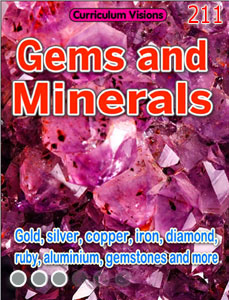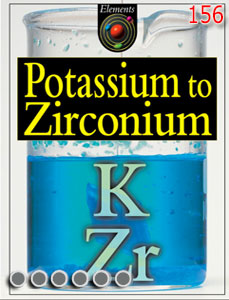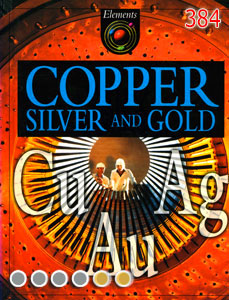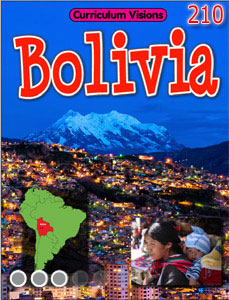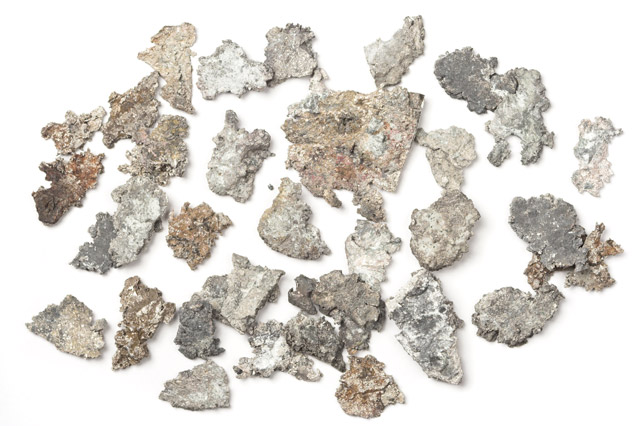Silver may occur naturally in the ground. It can sometimes be found as lumps of metal called nuggets. Silver also joins with other chemicals to make minerals and may be found in small quantities in places where the ores of other metals such as copper or lead are found.
Silver reflects light better than any other metal. This property makes the surface bright and attractive. Silver has been used in making jewelry, ornaments and mirrors for thousands of years. It was also used to make coins and one group of coins, called silver coins, still bears its name. Today British silver coins no longer contain any silver, but until 1947 half the metal in a silver coin was actually silver. The other metals were copper, nickel and zinc.
Silver is a soft metal. It is made harder by mixing it with copper. An alloy or mixture of silver and copper is called Sterling Silver and is used to make tea sets, trays, cutlery and ornaments.
A second kind of hard silver is called EPNS silver. The letters stand for electroplated nickel silver. This material is made by covering an alloy of copper and nickel with a coating of silver.
Silver is a very good conductor of both heat and electricity.
When silver is left exposed to the air a brown or black coating forms on its surface. When this happens we say that the silver has become discolored, or tarnished. It can be removed by polishing the silver.
